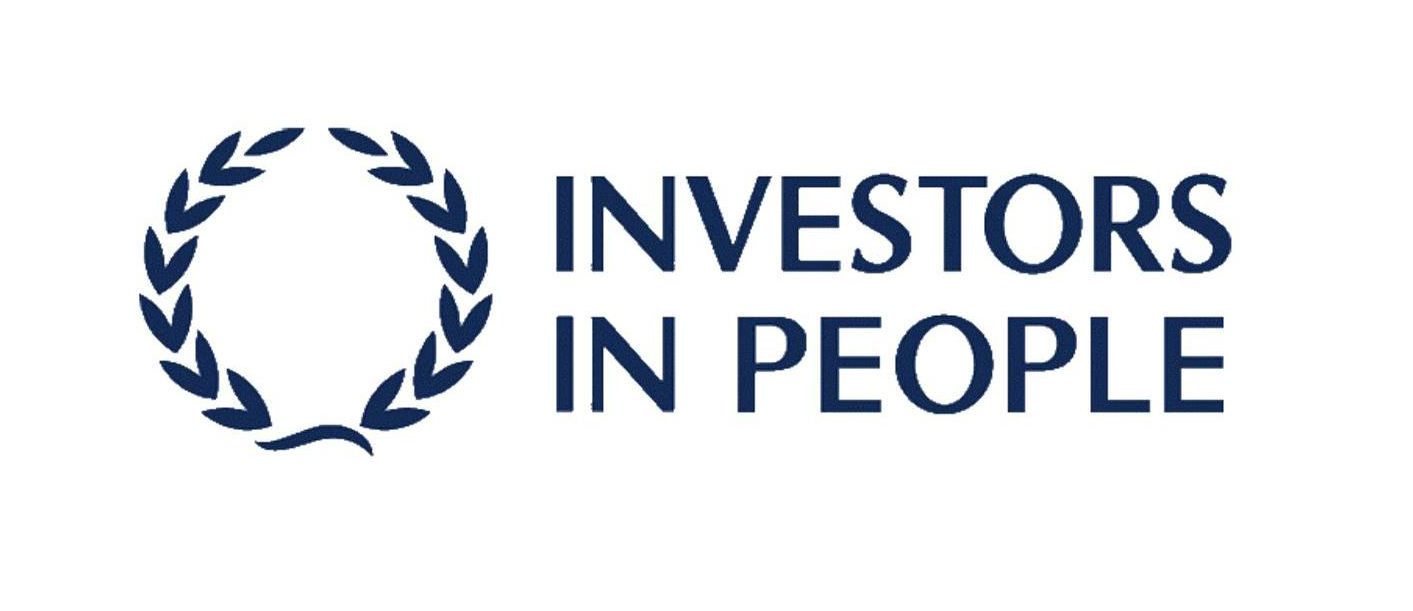Growing up in the 1970’s one of many good memories was the marvellous Leonard Rossiter starring as miserable, disgruntled landlord Rigsby in TV sitcom Rising Damp, my first exposure to the UK rental property market! The series, now a cult classic, reflected a growing attraction in the UK for private property ownership, the popularity of which grew continually throughout 1970’s, 1980’s and beyond to become what is today very big business indeed!
Growth in property ownership has also of course always been strongly supported by Government of all persuasions – to a greater or lesser degree – from Mortgage Interest Relief At Source (MIRAS) on home ownership, introduced by Roy Jenkins as Chancellor of the Exchequer in 1969, to Thatcherite Britain & the Right to Buy policies of the early and mid-1980’s and so on; its popularity can still very clearly be seen every day merely with a quick glance at Daytime TV schedules.
MIRAS has of course long since perished, abolished by Chancellor Gordon Brown in 2000 and dismissed as a ‘middle class perk’, but throughout the following years full tax relief continued to be enjoyed by owners of rental properties and proved most attractive to both new and existing private landlords. Despite faint rumours, therefore, it was still somewhat surprising in his July budget for Chancellor Osborne to announce the effective removal of this favourable tax relief from private landlords!! Though perhaps by way of concession the relief will not go all at once; rather, it will dwindle away bit by bit over a four year period commencing in tax year 2017/18, each successive year losing a further 25% slice of tax relief thus:
- 2017/18 75% loan interest qualifies as expense; 25% basic rate tax credit
- 2018/19 50% loan interest qualifies as expense; 50% basic rate tax credit
- 2019/20 25% loan interest qualifies as expense; 75% basic rate tax credit
- 2020/21 NO loan interest qualifies as expense; 100% basic rate tax credit
Hence, as from tax year 2020/21 tax relief on loan interest for private landlords will be restricted to basic rate only.
Following publication of the Finance Bill the manner of its demise has now been confirmed with basic rate relief on loan interest to be given only as a tax credit going forward, rather than being allowed to be offset against rental income as an expense. This difference might at first glance appear cosmetic but will come at some cost to private landlords up and down the country and it will inevitably increase their tax liabilities, and in more ways than one!
If we take by example our typical landlord, Joseph, whose income from earnings and other non-property investments total £40,000 and who also owns a buy-to-let property producing annual rental income of £19,000 after expenses, but before deduction of loan interest in the sum of £10,000. For tax year 2016/17, his net taxable income amounts to £49,000 (£40,000 plus £19,000 minus £10,000). At this point, he qualifies fully for Child Benefit (unless of course his spouse or civil partner earns in excess of £50,000!).
With effect from tax year 2017/18, where only 75% of loan interest is fully relievable Joseph, without doing anything, will see his tax liabilities increase even if his (rental) income does not. His net taxable income for the year – on the same income figures – now rises to £51,500 (£40,000 plus £19,000 minus 75% of £10,000). As a result, if Joseph (or his partner) receives Child Benefit then as the higher income earner for the year Joseph (or his partner) will now suffer Child Benefit Tax Charge, losing 15% of any Child Benefit payments received in the year by claw-back. That in addition, of course, to higher tax payable on his ‘enlarged’ rental income.
If Joseph’s income – rental or otherwise – were also to increase in tax year 2017/18 and beyond, Joseph would face even higher tax increases and Child Benefit Tax Charge clawbacks.
And it is not just Child Benefit!
Let’s suppose Joseph’s income, other than rental receipts, were not £40,000 but, say, £90,000. For tax year 2016/17 his net taxable income totals £99,000 (£90,000 plus £19,000 minus £10,000) and he qualifies for full Personal Allowances. In tax year 2017/18 though with no change in income his net taxable income increases to £101,500 (£90,000 plus £19,000 minus 75% of £10,000); Joseph now loses £750 of Personal allowances this year! and so on …….The effects of this phased reduction in the maximum amount of tax relief on finance costs would see Joseph lose his Personal Allowances as his net taxable income hits and then exceeds the annual threshold of £100,000.
Property rentals and Buy-to-Lets are, and have for some time been, very popular investments for a considerable number of taxpayers, not all of them ‘middle class’. The tax consequences of these proposed changes, however, can only damage its popularity going forward and will no doubt affect the attitudes and priorities of many private landlords up and down the country, with knock-on effects also being felt on social housing requirements and obligations. The days of such ‘middle class perks’, it seems, are most definitely numbered.
The information in this article was correct at the date it was first published.
However it is of a generic nature and cannot constitute advice. Specific advice should be sought before any action taken.
If you would like to discuss how this applies to you, we would be delighted to talk to you. Please make contact with the author on the details shown below.








